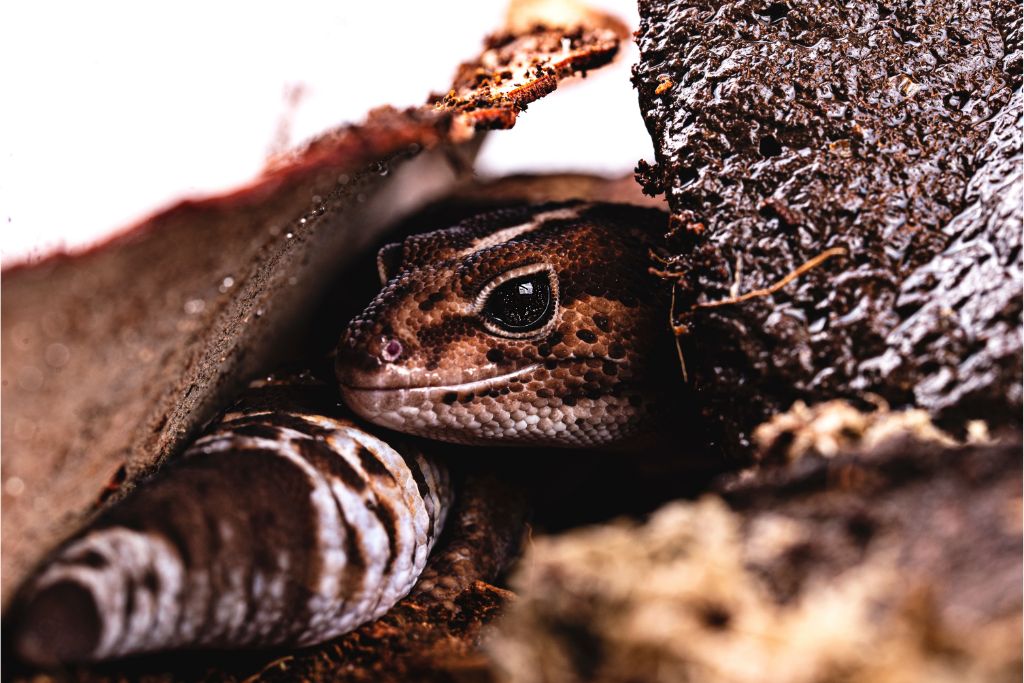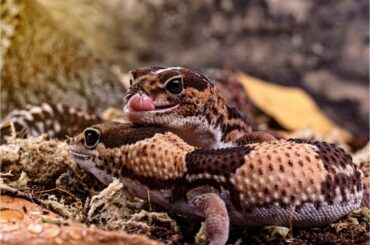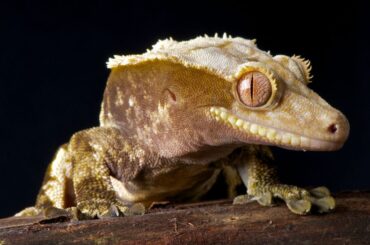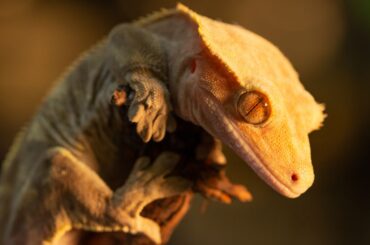Are you curious about how to keep your African fat-tailed gecko’s tail in top-notch shape? If you’re a proud gecko owner, or just thinking about getting one, you might wonder, Why is tail care for geckos so important?
African fat-tailed gecko, a delightful reptile native to West Africa, has a unique appearance that sets it apart from its gecko cousins. Its distinctive plump tail, resembling a mini sausage, is one of its defining features. But why is the tail so unique?
The tail health of geckos is crucial for various reasons. It serves as a tool for balance and mobility, helps store essential fat reserves, and plays a role in overall well-being. A healthy tail helps geckos navigate, eat during food shortages, and live happy, active lives.
Understanding the African Fat-Tailed Gecko Tail
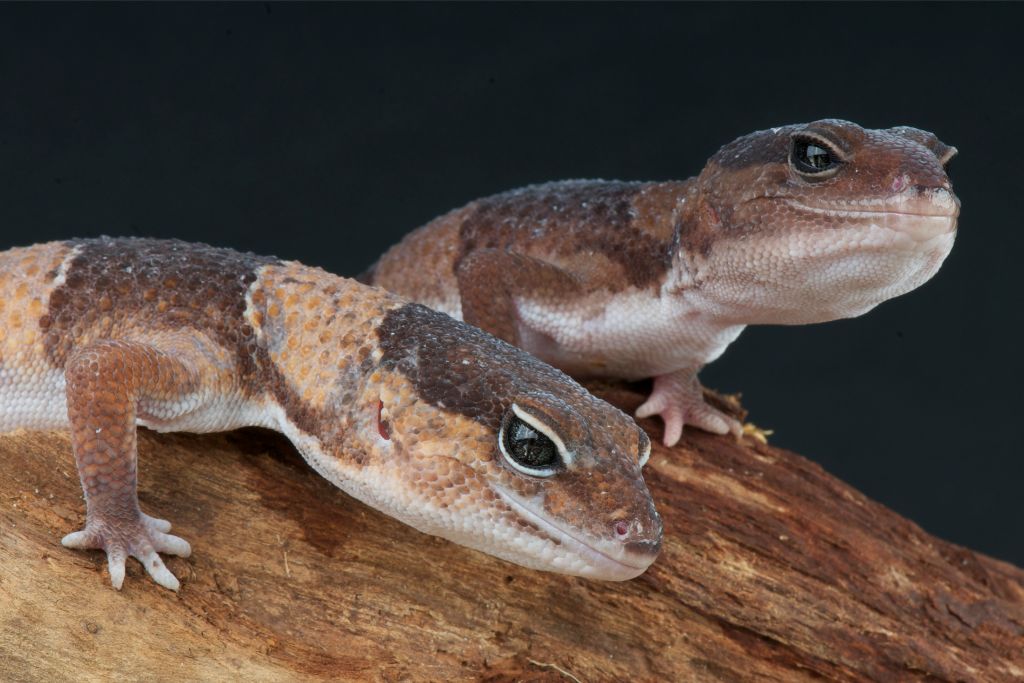
The tail isn’t just for show; it’s made up of vertebrae, just like our spines! This gives it flexibility and allows our geckos to move gracefully, whether climbing, exploring, or just showing off their acrobatic skills.
The tail is a fat reserve, helping geckos survive when food is scarce. When our geckos are moving, the tail helps with balance.
Common Tail Health Issues in African Fat-Tailed Geckos
Geckos can face their challenges with their tails. One common problem is injuries. These injuries can happen during adventures or sometimes even in their cozy terrariums.
Another problem is infections. They can face these health issues, and as responsible owners, it’s essential to lend a helping hand.
Injuries can happen if our gecko buddies try stunts and land too hard. Infections might sneak in if their living space isn’t as clean as it should be. Watch for changes, like a gecko tail that looks different or behaves oddly.
Suppose the tail is swelling, changing color, or shedding skin irregularly. In that case, it’s like a signal from our geckos that something needs attention. Understanding the causes and symptoms helps us be the best gecko caretakers.
Tail Care for African Fat-Tailed Geckos
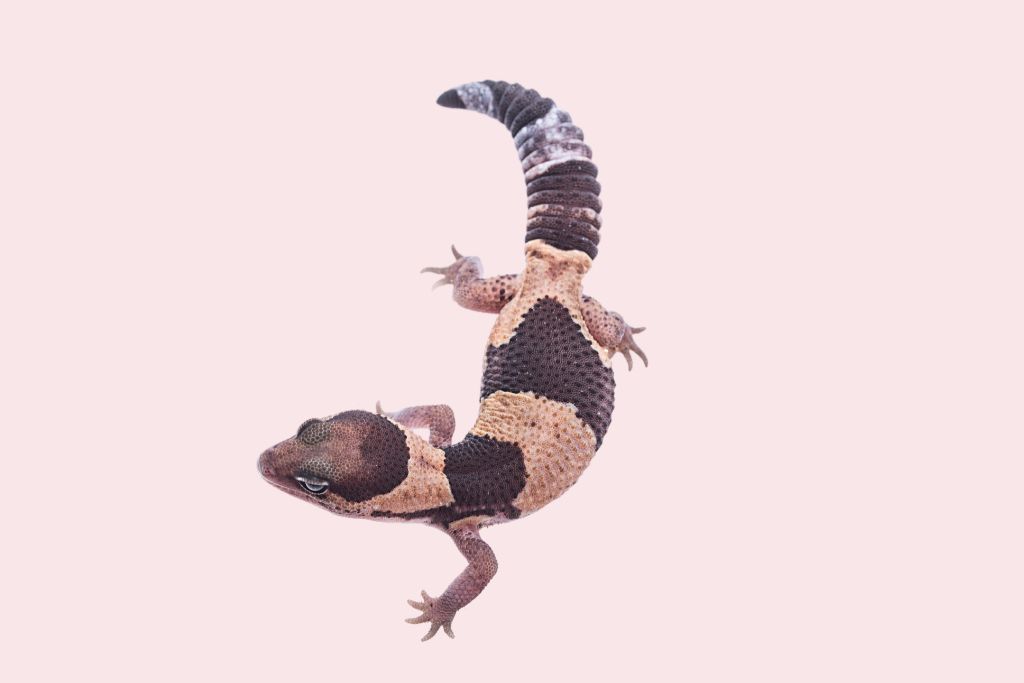
Get ready for this guide as we investigate the finer points of healthy crested gecko tail care for these remarkable reptile friends.
Habitat and Environment
Make your gecko’s enclosure a tailor-made playground – soft corners and cozy nooks where they can roam without worry. To prevent any accidental tail troubles, make sure to include smooth rocks and branches in their habitat.
These act like natural cushions, minimizing the chances of bumps or falls during their daily adventures. It’s like creating a gecko-friendly obstacle course where every nook and cranny is designed for tail safety.
During the day, keep their terrarium warm, between 75 to 85°F, and let it cool slightly at night. This mimics the cozy conditions of their West African home.
As for humidity, aim for a 50 to 70% range to give them the perfect spa-like environment.
Handling and Interaction
When it comes to handling, think slow and steady. Gently support their body with one hand and let them walk onto your other hand. Avoid grabbing or squeezing.
Here are some stress-busting tips:
- Gecko Spa Time: Approach your gecko calmly, like you’re entering a spa – no sudden moves.
- Slow and Gentle: Use slow and gentle motions when picking them up. Think of it as giving your gecko a gentle lift.
- Patience: Keep handling sessions short initially, gradually increasing time as they get used to it. Patience is the key to a happy gecko hangout.
- Respect Their Space: Even the friendliest geckos need some alone time. Give them space when they signal they want to be solo.
Tips to Reduce Stress During Handling
Now that you’ve mastered the gentle gecko handling, here are some tips to ensure every hangout is stress-free and full of good vibes:
- Soft Landings: When putting your gecko back in their enclosure, ensure it’s a soft landing.
- Ambiance: Create a serene environment during handling. Keep noise levels low, and opt for soft lighting.
- Familiar Territory: Introduce your gecko to your scent by letting them explore your hand before attempting to pick them up.
- Hand Feeding: Combine handling with treats by offering a small snack while spending time with your gecko. It turns handling into a tasty adventure, making them associate it with positive experiences.
- Safe Spaces: Place a hiding spot within the handling area. If your gecko feels shy, they can retreat to their safe space and breathe.
- Gradual Exploration: If you’re introducing your gecko to a new handling spot, let them explore it slowly.
- Gentle Conversations: Believe it or not, geckos can pick up on your vibes. Talk to them in a soft, reassuring tone during handling.
Shedding and Tail Maintenance
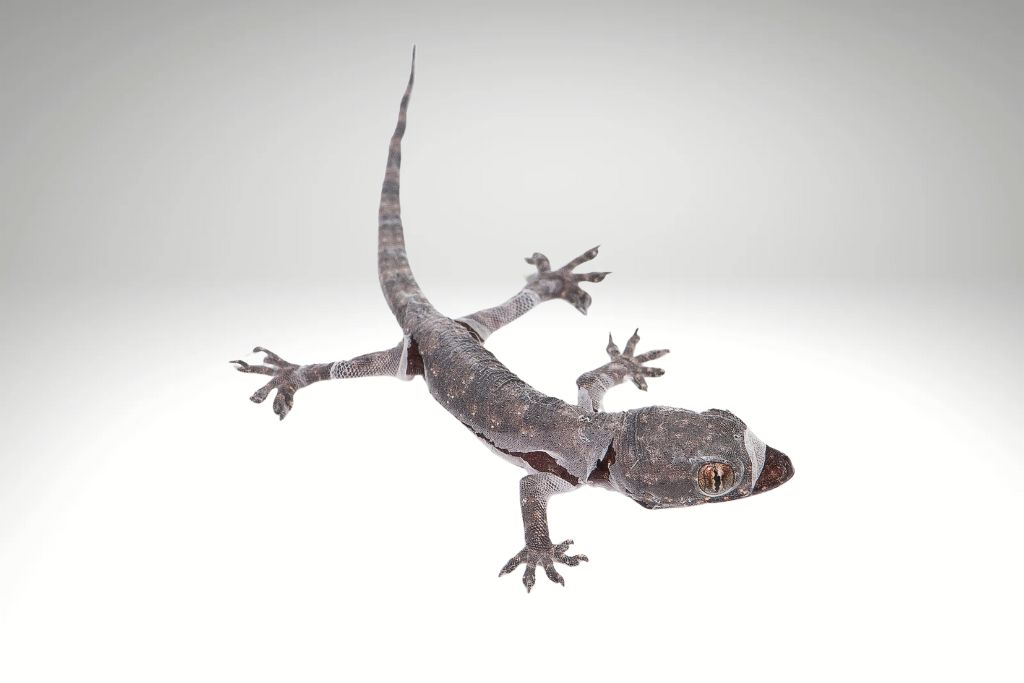
Shedding is crucial for their tail health, helping them grow and stay vibrant. The old skin might get a bit itchy or uncomfortable, and shedding allows them to slip into a brand-new, more comfortable skin.
But sometimes, our geckos may need a little help with shedding, especially on their tails. No worries if you see old skin hanging around – you can help them shed!
Gently moisten a cotton swab or cloth and give the stuck shed a little dab. Just be super gentle; your gecko will appreciate the extra care as they unveil their shiny, new tails.
Nutrition and Its Impact on Gecko Tail Health
Their diet is specially crafted for their health and happiness. Our gecko pals need essential nutrients, like vitamins and minerals, to maintain a strong and happy tail.
A buffet of insects – crickets, mealworms, and even some roaches – ensures they get all the nutrients they need.
Here comes the significant part – calcium and other supplements. These make their bones and tails extra strong. Including these in their diet gives them the best recipe for a tail that’s healthy and ready for all their gecko adventures.
Preventive Measures and Health Maintenance

If your African fat-tailed gecko is experiencing tail problems, a treatment option involves creating a warm, humid environment. This can aid in easing shedding issues or assisting with tail injuries. The increased moisture helps soften the old skin during shedding and promotes a healing environment for minor injuries.
If you ever spot something unusual, or your gecko seems a bit off, it’s time to call in the professionals.
Regular check-ups are health inspections to ensure everything is in tip-top shape. Let’s be the responsible owners our geckos deserve.
Conclusion
The key to a happy gecko tail is a combination of proper care, good gecko nutrition, and regular monitoring. Make sure their homes are gecko-friendly – cozy and safe. And when it comes to food, serve insects and sprinkle in those supplements for that extra boost.
Watch for any tail troubles and assist with shedding adventures. Most importantly, know when to call in the professionals for veterinary care. Regular check-ups are like health spa appointments for our gecko pals.
FAQs
How Do I Know if My Fat-Tailed Gecko is Happy?
A happy fat-tailed gecko will display active behavior, exploring its enclosure, having a healthy appetite, and exhibiting vibrant colors. Contentment is often reflected in their playful and curious demeanor.
What Does a Sick Gecko Look Like?
Signs of illness in a gecko may include lethargy, weight loss, changes in appetite, unusual discharges, or visible physical abnormalities. Any noticeable deviation from their usual behavior or appearance may indicate a health issue.
Do Fat-Tailed Geckos Need Misting?
No, fat-tailed geckos don’t require misting like some other species, but provide them a humid environment that can aid shedding.
How Often Do African Fat-Tailed Geckos Eat?
African fat-tailed geckos typically eat every 1 to 2 days. Offering appropriately sized insects, such as crickets or mealworms, ensures they receive the necessary nutrients for their well-being.
What Does a Healthy African Fat-Tailed Gecko Look Like?
A healthy African fat-tailed gecko will have clear, bright eyes, smooth skin, a plump tail, and a well-groomed appearance. They will be active, responsive, and exhibit normal feeding behavior. Regular monitoring and a balanced diet contribute to their overall well-being.

